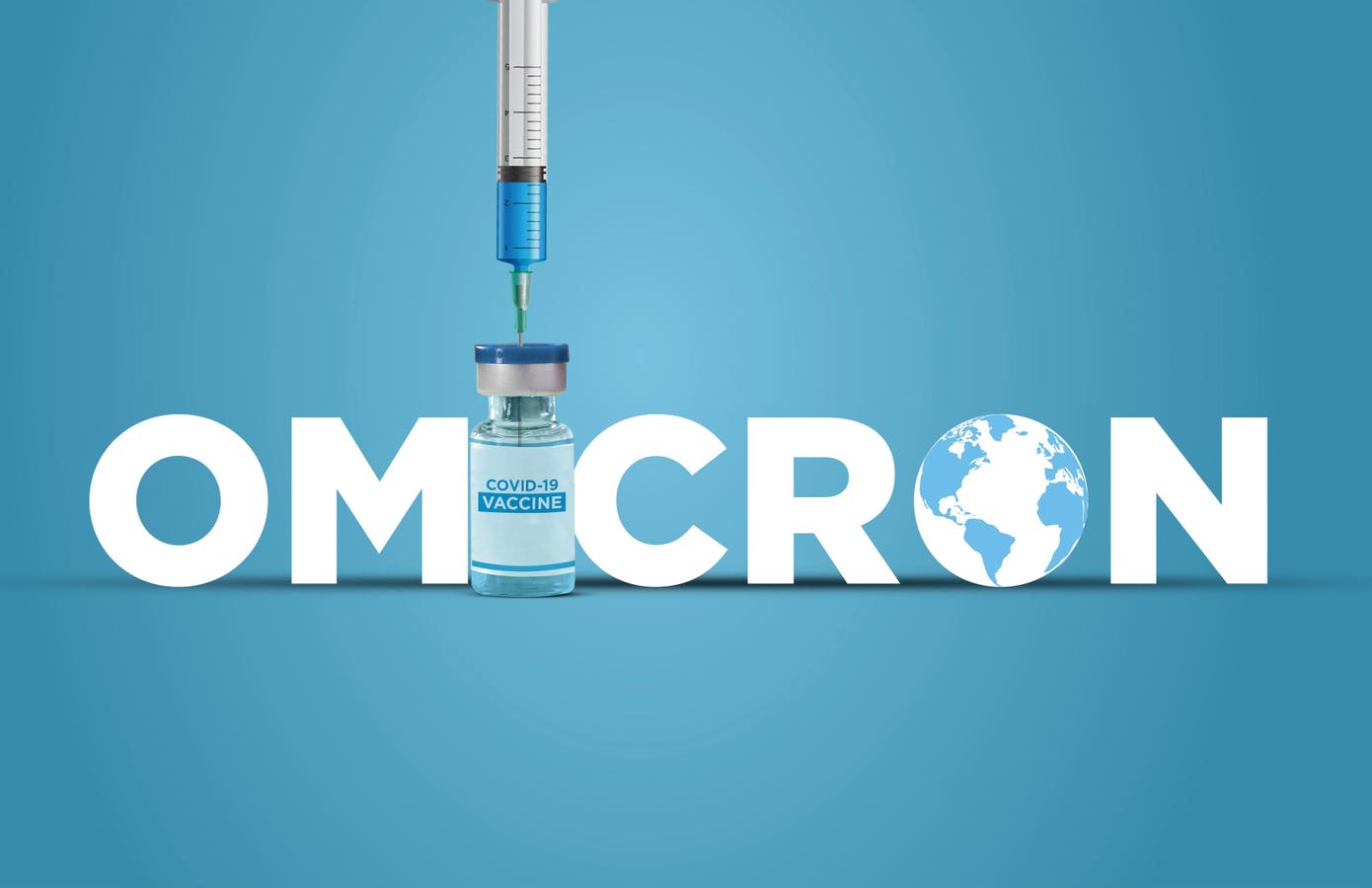Health
How 1301B7 could contribute to advanced vaccine development

Booster dose vaccination to protect against the ommicron variant coronavirus. Covid-19 vaccination … [+]
In the ongoing Omicron era, a new COVID-19 antibody could renew optimism for urgently needed monoclonal SARS-CoV-2 therapies. Over the past three years, several versions of SARS-CoV-2 have mutated to evade the neutralizing effects of monoclonal antibodies. Every time new treatments received approval from the FDA, new variants emerged that these treatments could avoid, creating a game of cat and mouse between the virus and researchers looking for new antibody treatments.
A new antibody, 1301B7, was developed by extracting convalescent sera from an individual infected with a previous Omicron strain, such as described by Dr. Michael Piepenbrink and colleagues from the University of Alabama. The antibody exhibits potent neutralizing activity against multiple SARS-CoV-2 variants, including the latest Omicron subvariants XBB.1.5 and JN.1, and against its sister virus SARS-CoV-1. What follows are the key findings for the promising monoclonal treatment.
The biggest challenge antibody developers face is the constant mutation of key, targeted amino acids. The receptor binding domain and the N-terminal domain of the spike protein are common antibody binding sites and are common mutation regions in variants.
1301B7 engages in multiple hydrogen bonds and salt bonds with the receptor binding domain. The antibody heavy chain contacts several critical residues found in Omicron variants, including those involved in ACE2 binding (e.g. R403, Y453, H505). Although the mutation in N417K results in a 20-fold decrease in affinity, 1301B7 retains its binding to the mutated receptor-binding domain.
FIGURE 1: Cryo-EM image of the antibody (orange) contacting several crucial receptor bonds … [+]
A significant contrast between this antibody and previous antibodies is its distinct binding mechanism, as evidenced by the cryo-EM structure of 1301B7 attached to the SARS-CoV-2 spike protein. The unique feature of 1301B7 is that it binds exclusively through the complementarity-determining regions of the heavy chain, without any direct involvement of the light chain.
FIGURE 2: Diagram showing the difference between heavy and light chains.
In transgenic mice expressing human ACE2, when preemptively treated with 1301B7 at doses of 2 mg/kg or 20 mg/kg, the decrease in viral loads in the turbinates. and lungs compared to the isotype control.
Four days after infection, mice given 20 mg/kg 1301B7 showed no signs of virus in the lungs when exposed to XBB.1.5. Only 1 in 4 mice had any virus in the lungs when exposed to JN.1. These findings illustrate the solid preventive effect of 1301B7 against the latest SARS-CoV-2 Omicron subvariants.
The authors propose that the broad specificity of 1301B7 arises from its strong binding and the ability of its complementarity-determining regions to adapt to mutational variations in the receptor-binding domain. This is supported by the finding that 1301B7 uses a VH1-69 heavy chain, which has been shown to be produced in response to several viruses, such as influenza, hepatitis, HIV-1 and SARS-CoV-2.
The research highlights the promise of 1301B7 as a strong candidate for creating advanced vaccines and treatments for SARS-CoV-2 and its evolving versions. Its distinct structural features provide additional opportunities for improvement and refinement using protein- and glycan-targeted approaches.
However, there are still some other relevant aspects to be addressed that may be relevant.
1301B7 showed extensive neutralization activity against the tested variants; However, the study did not investigate whether certain mutations in the receptor binding domain could lead to resistance to 1301B7 binding and neutralization. It would be valuable to understand the range of mutations that affect the effectiveness of 1301B7.
The research focused on the preventive use of 1301B7 in mice. Its potential as a treatment for active SARS-CoV-2 infections has not been assessed. Further research would help evaluate its effectiveness as a treatment in appropriate animal models.
Although monoclonal antibodies are generally well tolerated, the study provided no information on 1301B7 immunogenicity, potential off-target binding, or safety profiles. These aspects would require a thorough evaluation of clinical development. Although the study thoroughly described the structural and functional characteristics of 1301B7, further research is needed to understand its potential for clinical application. This includes assessing antibody resistance, therapeutic effectiveness, potential for modification, combination treatments and safety features.
Perhaps most importantly, the authors did not investigate the potential combined effects of combining 1301B7 with other neutralizing antibodies, antivirals, or current COVID-19 treatments. Assessing these combinations can improve overall effectiveness and range of protection. Combining multiple antibodies in a combination treatment creates a multiplied safety net if a contact point is mutated in a later variant. Installing multiple levels of antibody protection provides more robust long-term protection against immune evasive mutations.
Although 1301B7 is promising, we have described many promising monoclonal antibodies over the past four years but have not been able to overcome the final hurdles. Ultimately, combining such an antibody with another that targets a more conserved region of the spike or elsewhere in the virus could ensure a more stable long-term treatment, but until then, 1301B7 remains experimental.
If you would like to read more of my work, please visit www.williamhaseltine.com.











